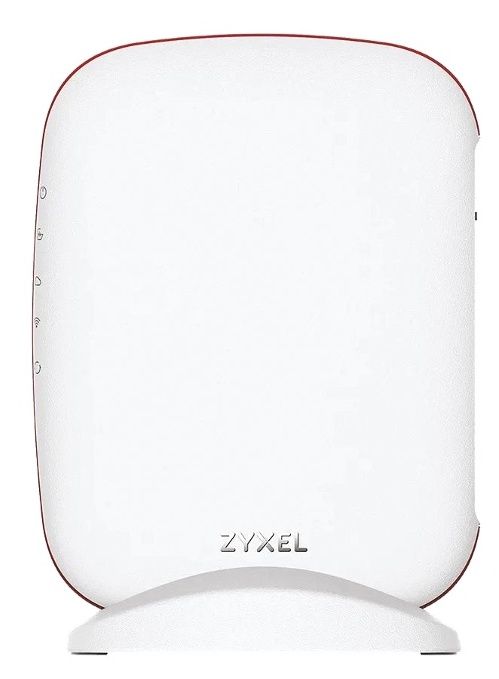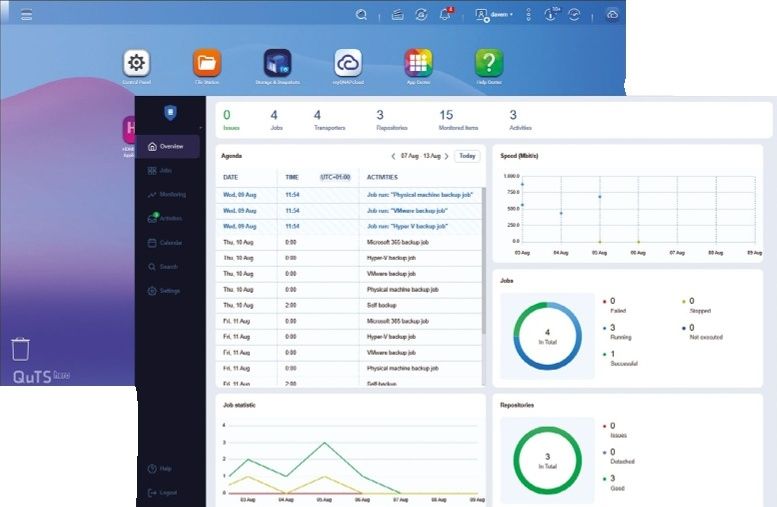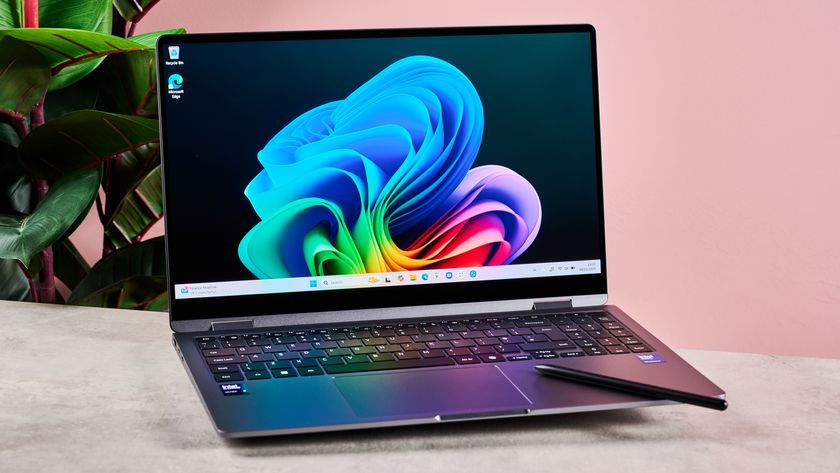Why you can trust TechRadar
First impressions of the 60UD20 in action set a few alarm bells ringing. The problem is that whenever any dark scenes came up they were afflicted by impossible-to-ignore backlight clouding problems, caused by difficulties in keeping the backlight levels even across the full expanse of the screen. The four corners of the image are particularly badly affected.
It's just as well, then, that you can largely solve this up-front problem with some judicious tweaking of the 60UD20's picture set-up tools. In particular I found I had to reduce the TV's backlight to almost its lowest setting, but it also helps to leave the local contrast feature set to its mid or low setting.
The good news is that, while pushing the backlight setting so low reduces the image's brightness significantly, it also results in dark scenes enjoying a more natural black colour free of the slightly bluish-grey tone you get at higher brightness levels.
Strong native contrast
It's also a relief to find that tackling the clouding flaws by slashing the backlight output doesn't stop the 60UD20 from producing decent levels of shadow detail in the darkest parts of the picture. This shows that the actual native contrast performance of Sharp's 60-inch panel is quite strong.

Backlight problems mostly satisfactorily sorted, I can finally focus on the 60UD20's main event: its native UHD/4K resolution. And happily the fact that the 60UD20 is Sharp's debut 4K TV (so far as the UK is concerned, anyway) hasn't prevented the brand from delivering an excellent picture with native 4K sources.
The tell-tale 4K/UHD blend of gorgeous pixel density, detailing so acute images resemble real life and extra image depth is delivered with aplomb. When fed a pretty view across a city or national park (the sort of shot that's a staple of the 4K demo we still have to use with 4K TVs that don't have built-in Netflix UHD streaming).
Poetry in motion
Upping the ante by piping in 4K sporting action at 60fps, I was surprised and relieved to find the 60UD20 handling motion really effectively, with only minimal reduction in resolution over moving objects. What's more, this relatively clean look to action scenes and sport can be enjoyed without having to apply the TV's motion processing circuitry. Though actually this motion processing doesn't throw up as many unwanted processing side effects as I'd have expected from past experience of Sharp TVs.
Good picture quality isn't just about detail and resolution, of course. So it's good to see the 4K detailing being underlined by some very fine colour blend resolution. The 60UD20's palette isn't as extreme and dynamic as those of some of this year's TVs – most notably Sony's X9005B and Samsung's HU8500 series – but pictures still have some decent punch to go with the 4K-friendly levels of colour finesse. Even after you've removed luminance to tackle the backlight clouding.
Upscaling prowess
Sharp has put on some convincing demos of its picture scaling processing at various electronics shows in recent years. So I wasn't entirely surprised to find the 60UD20's mostly good showing continue with its upscaling of HD sources.

In particular it delivers that key upscaling feat of adding all the necessary extra pixels you need to convert HD to 4K without exaggerating any noise – dot crawl, mosquito noise, MPEG blocking etc – that might be in the source.
It's this ability to spot the difference between noise and 'real' image content that separates the men from the boys in upscaling terms, and Sharp definitely falls into the 'man' category.
The 60UD20's upscaling is also strong when it comes to calculating the colour tones of all the extra pixels it's creating when upscaling HD. This can be seen in the way you consistently make out subtle blends and minor colour shifts in rich expanses of colour, rather than such upscaled areas looking monotone and cartoonlike.
Upscaled motion
Even the 60UD20's motion handling holds up reasonably well to the challenge posed by the upscaling process, largely avoiding the treacly, blurry impressions underpowered upscalers can cause.

If I was being picky I'd say that the 60UD20's upscaled HD pictures aren't quite as crisp and detailed looking as those of some rivals – especially Samsung's 4K models and Panasonic's AX802 series. But at least in adopting this slightly softer approach Sharp's 4K debutante avoids making upscaled pictures look gritty, stressy or unevenly sharpened.
Feeding the 60UD20 standard definition sources yields less agreeable results, with much more softness and video noise, and less credibly toned colours. But if you don't do everything in your power to avoid feeding a UHD TV standard definition content, then frankly you don't deserve to own one!
3D
While the 60UD20 impresses with its 2D pictures, it comes a major cropper with its 3D playback. There are two main reasons for this.
First, the 60UD20 suffers pretty badly with crosstalk double ghosting noise around stand-out bright or dark objects in the mid or far distance. As well as making pictures look softer than they should on a 4K TV, this ghosting noise is very tiring, as your eyes keep trying to 'refocus' the ghosted images.
The other big 3D problem is that camera pans and objects moving across the 3D frame both look seriously weird. Moving objects seem to almost fade in and out of the picture, losing solidity as they go on their not-so-merry way. Not surprisingly this sort of insubstantiality runs totally counter to the way 3D is supposed to immerse you in tangible, real-looking worlds.
There are other problems with 3D viewing too, such as harder to avoid (as the panel has to run brighter) backlight clouding, some off-key colouring and the removal of more brightness than I'd like by Sharp's active shutter glasses. But the 'big two' 3D issues had already killed the 60UD20 as a 3D display for me well before I clocked these secondary issues.
John has been writing about home entertainment technology for more than two decades - an especially impressive feat considering he still claims to only be 35 years old (yeah, right). In that time he’s reviewed hundreds if not thousands of TVs, projectors and speakers, and spent frankly far too long sitting by himself in a dark room.

A Minecraft Movie had the building blocks to be an epic video-game film, but it fails to make full use of its creative mode

Nintendo’s best Switch 2 announcement was its GameCube game rereleases, but buying the new GameCube controller will be a challenge

Vibe coding isn’t here to take developer jobs. It’s here to transform them into AI architects










